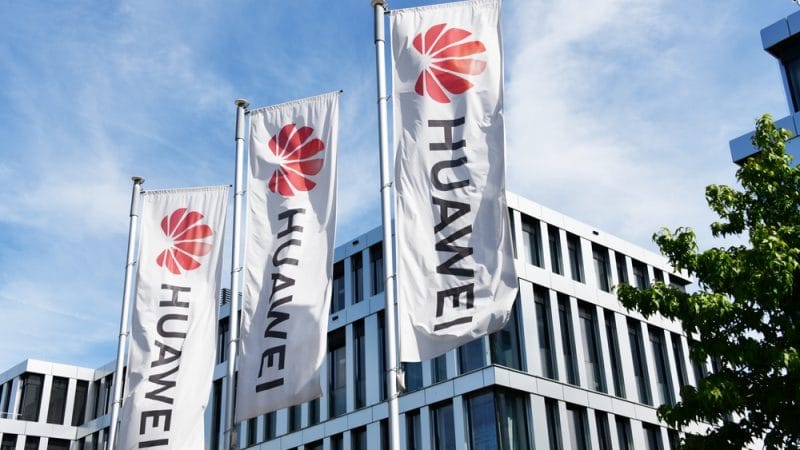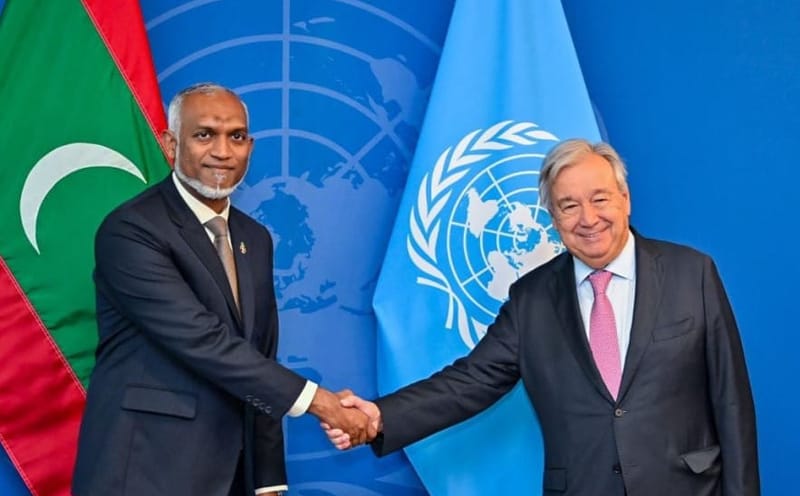Germany Set to Phase Out Huawei from 5G Networks by 2029
The decision, reported by public broadcasters NDR, WDR, and the Süddeutsche Zeitung newspaper, comes after the European Commission’s 2020 “toolbox” allowed for the exclusion of Huawei and ZTE from 5G networks
In a significant move towards technological independence, Germany plans to largely exclude Chinese components, including those from telecom giants Huawei and ZTE, from its 5G mobile network by 2029. This decision follows extensive discussions between government officials and major telecom operators such as Deutsche Telekom, Vodafone, and Telefónica.
The agreement outlines a two-stage plan: By 2026, the core network, essential for processing and transmitting data, will be free of Chinese hardware. By 2029, the access network, including radio masts, will also be largely devoid of Chinese components. This phased approach aligns with Germany's new ‘China Strategy’ adopted in July 2023, emphasizing technological independence and reducing dependencies on high-risk vendors.
The decision, reported by public broadcasters NDR, WDR, and the Süddeutsche Zeitung newspaper, comes after the European Commission’s 2020 “toolbox” allowed for the exclusion of Huawei and ZTE from 5G networks. Despite internal debates, the German government has decided on a gradual phase-out, which is seen as a compromise accommodating telecom operators' logistical challenges.
Internal Market Commissioner Thierry Breton has criticized the slow pace of EU countries in banning high-risk vendors, noting that only 10 EU nations have restricted Chinese hardware in their 5G networks. The recent agreement marks a step forward for Germany, aiming to complete the review of the Huawei ban soon.
While some lawmakers, like Greens' Tobias Bacherle, have expressed frustration over the prolonged timeline, the agreement is expected to ease concerns in Brussels and Washington about Germany's commitment to reducing dependency on Chinese technology.
This strategic shift underscores Germany's commitment to securing its digital infrastructure and mitigating risks associated with foreign dependencies, paving the way for a more resilient and independent telecommunications network.






